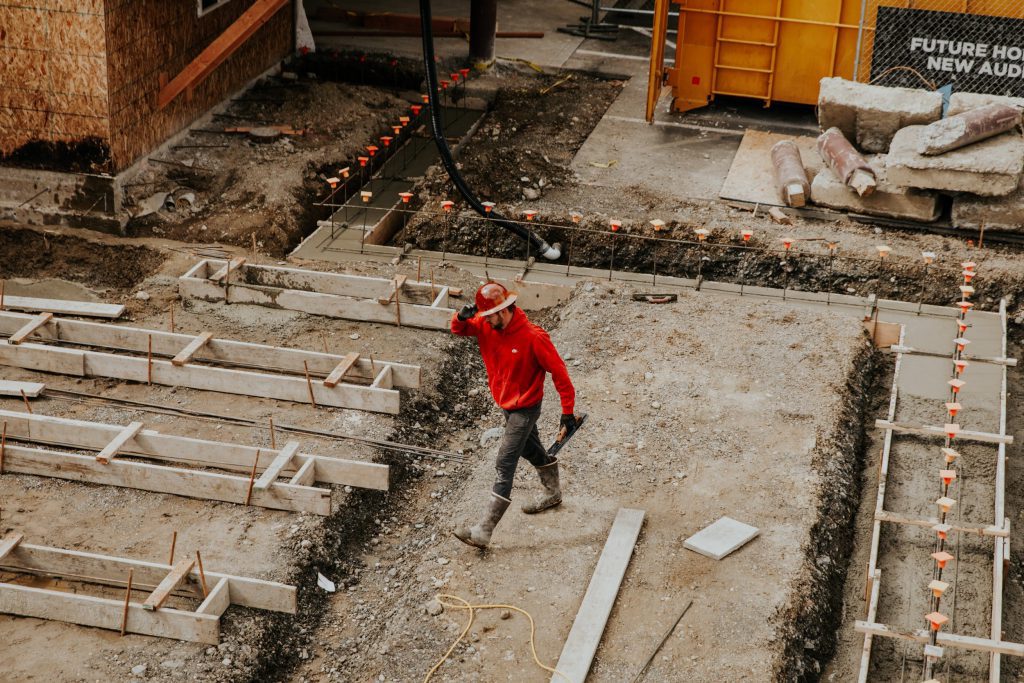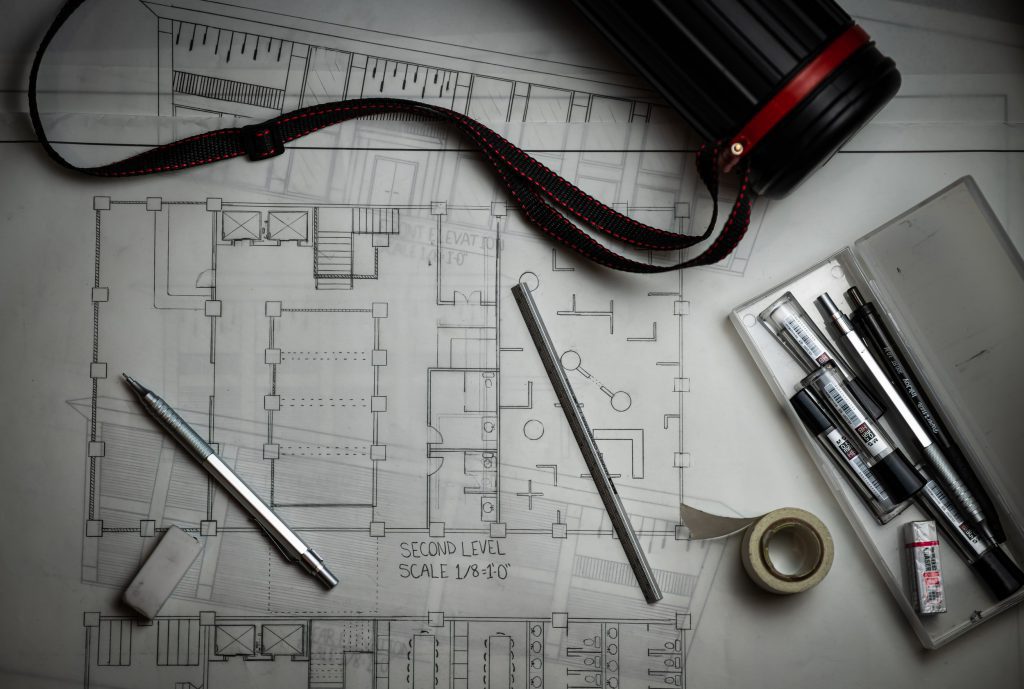An architect’s success depends on several personal relationships.
There are relationships with clients, interior designers, industry associations, realtors, publications, to name a few.
But perhaps one of the most important – and contentious – relationships that an architect has is the relationship with the contractor, or builder.

The architect-contractor relationship is one that can be quite fraught. You often hear stories of the architect complaining about the contractor, and vice versa.
Deep down, both parties desire the same outcomes. They want to a) deliver good work for the client and b) make money.
So why is it that this relationship is so complex? Why is it that architects and contractors are so frequently at odds with one another?
In a recent study, “The Architect’s Journey to Specification,” the American Institute of Architects (AIA) and Associated General Contractors of America (AGC) set out to “uncover what makes the architect-contractor relationship work – and what causes others to break down or fail.”
The deep dive reveals fascinating insights about what contractors and architects value, their perceived roles, biggest concerns in their working relationships with each other, plus more.
What would contractors improve most in working with architects? “Improve listening skills on both sides of the table. Architects need to pay more attention to the budget and not always leave the contractor being the ‘bad guy’ telling the owner that they are over budget.” – one anonymous contractor, The Architect’s Journey to Specification
Here are our top five takeaways from that study:
-
Only 2 in 10 architects believe that contractors propose substitutions with the client’s best interest in mind.
According to the study, many architects believe that contractors are too cost-focused and thus propose substitutions that would improve their bottom line. Nearly all contractors, however, disagree with this statement.
One way that contractors can appease any concerns in this area is by thoroughly explaining why another approach might be preferred, or following the design intent, the study says.
-
There are major disagreements over the level of detail required in drawings.
One of the bigger points of contention in the architect-builder relationship lies in the responsibility to produce detailed drawings. In the study, contractors argue that drawings and specs are often submitted incomplete, or with error, causing loss of time and additional work for both parties. Architects, on the other hand, argue that they are providing “sufficient information” and that sometimes contractors “lack willingness to follow stated intent.”
The study also showed that architects underestimate how important clearly expressing design intent is to contractors.
“Contract documents are not shop drawings, and the contractor should not expect every nut, bolt, and screw to be drawn by the architect. The current trend has been for the contractors (and often owners) to expect the architect to do more of the traditional job of the contractor with no additional remuneration.” – anonymous architect
-
The closer the collaboration, the better.
Both contractors and architects agree that a closer collaboration could help mitigate most of the issues. Yet they disagree on when this collaboration should take place.
While more than half of the contractors surveyed want collaboration in the planning stage, only 19 percent of architects agree. Rather, architects would prefer a greater collaboration towards the end of the project, the study showed.
“For the most part, we collaborate well together but would benefit from having a meeting before the job to understand how everyone measures success of the project and what their goals are.” – an anonymous contractor
-
Contractors believe client advocacy to be a shared responsibility. Architects do not.
The study shows that nearly 9 in 10 of the contractors surveyed believe client advocacy to be a mutual responsibility. However, nearly half of architect respondents believe the responsibility of advocating for the client’s best interests falls “mostly” on themselves. Roughly 7% of architects surveyed said it falls only on them.
-
Sustainable solutions – whilst important to the architect – don’t matter as much for contractors.
According to the report, the majority of contractors place the highest importance on timely responses, complete specs and drawings, clearly expressed design intent, and managing client expectations on timing/budget, respectively. They place the least importance on incorporating sustainable solutions into the project.

What would architects most improve about working with contractors? “Be honest and more interested in building the building we designed and not trying to ‘change order’ the project to death to increase their profit margin. – an anonymous architect, The Architect’s Journey to Specification
How to improve your relationship with your contractor
Now that you are more aware about what contractors think to be important, there are steps that you can take to improve your relationship with your contractor.
The biggest step would be to collaborate early.
By collaborating with the builder during the design phase, you can quickly test ideas and gauge the feasibility and cost implications. For example; if you’re proposing a unique design concept in a project, it will be much easier to sell that to a client if you know that a contractor has already analyzed and approved it.
You’ll probably find that your studio spends less time revising drawings, thereby improving project profitability.

Ray Brown, Archibiz Chief Mentor and Co-Founder, also said the key to a good relationship with your contractor lies with expectations.
“I always tell our clients that the secret to a good relationship is expectations set and expectations met,” he explains. “Relationships – including the architect-contractor relationship – go off the rails because either an expectation was not set in enough detail at the beginning, or expectations that were agreed upon have not been met.”
That’s why it’s good to have clear communication at all stages of the process, so that you and your contractor are clear on what is expected.
Finally, it’s important to be flexible. There are many different approaches that you and your contractor can take when collaborating on a project, so it’s important to take the time to think about what is best for you, the contractor, and the client, and work together.
As the study shows, there is plenty of room for improvement in the architect-contractor relationship, but it’s not all bad news. There is also a strong desire to cooperate more, communicate better and deliver great outcomes for the client.
To download the full study, click here.
Developing strong relationships is one of the many aspects of being a business owner. If you’re looking for more help on how to round out your skills and expertise as a business leader, we recommend you check out our online programs and courses for architecture practice leaders. Alternatively, you can contact us directly by filling out this form, and we’ll find a time to chat about your needs and how Archibiz can help.
